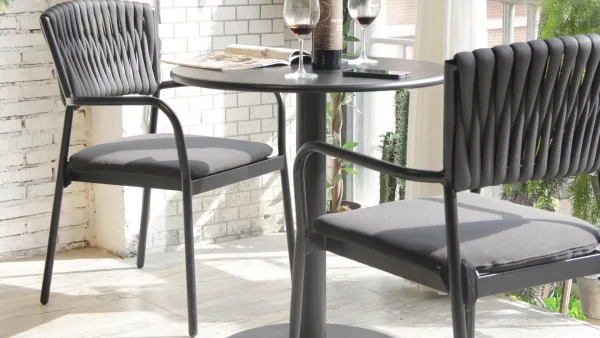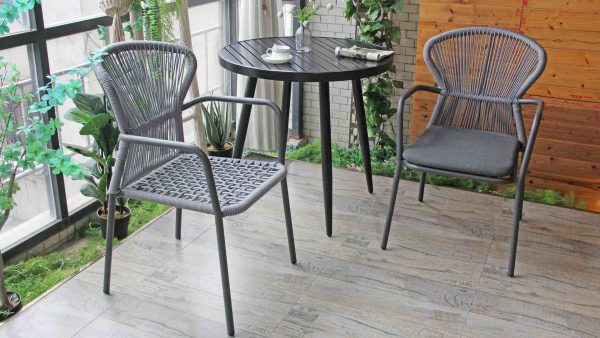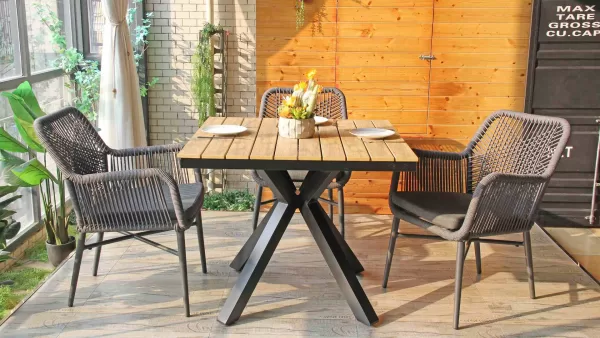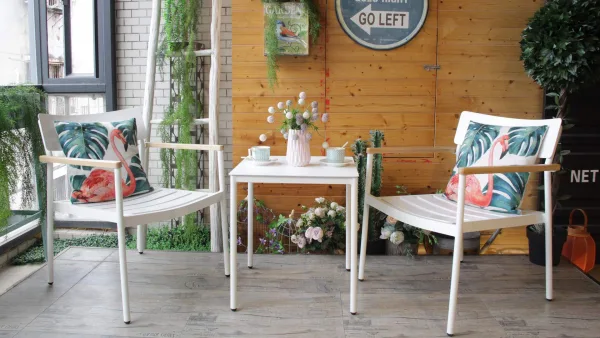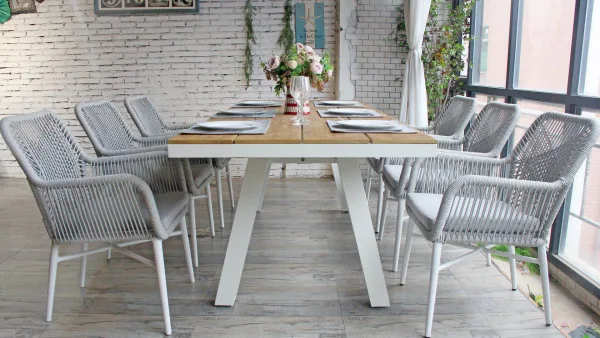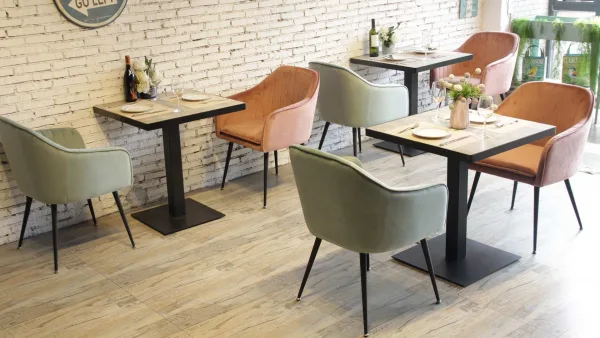- cdg01@cdgfurniture.com
- MP & WeChat & WhatsApp: +86-13926103331 (Ms. Lisa Liang)
LEAVE A MESSAGE
Contact CDG Furniture Manufacturer today to buy the perfect table and chairs, we can provide you with free designs and samples
The Aesthetic Journey of Table Legs
Table legs, often overlooked but crucial elements of furniture design, have a fascinating history intertwined with evolving styles and functionality. From the ancient Egyptians' sturdy yet intricate designs to the minimalist modern structures of today, table legs have seen countless iterations. Let's delve into the journey of table legs and how they have shaped the way we perceive and interact with furniture.
Ancient Craftsmanship: The Birth of Table Legs
Centuries ago, table legs were not merely functional but also exquisite works of art. The Egyptians crafted tables with animal-shaped legs, symbolizing various deities and beliefs. These intricately carved pieces were not just utilitarian; they were statements of cultural and religious significance.
The Renaissance of Table Legs
During the Renaissance period, table legs experienced a revival in Europe. The intricate carvings of the Gothic era made way for more structured designs influenced by Greco-Roman architecture. The resurgence of classical motifs like columns and scrolls brought a sense of grandeur to furniture pieces.
Industrial Revolution and the Rise of Functionality
With the Industrial Revolution came the mass production of furniture, including table legs. Functionality took precedence over ornamentation, leading to the emergence of simpler, more streamlined designs. The Victorian era saw the popularity of turned and cabriole legs, showcasing a blend of elegance and practicality.
Modern Innovations: Form Follows Function
In the 20th century, the Bauhaus movement revolutionized furniture design, advocating for simplicity and functionality. Table legs became sleek and often hidden within the structure to accentuate clean lines and minimalist aesthetics. Materials like steel and chrome brought an industrial edge to furniture pieces.
Contemporary Trends: The Intersection of Style and Sustainability
Today, table legs come in a myriad of styles catering to diverse tastes and preferences. From rustic farmhouse designs with chunky wooden legs to mid-century modern pieces featuring tapered legs, there's something for every interior style. Sustainable materials like reclaimed wood and metal are gaining popularity, reflecting a growing emphasis on eco-conscious design.
Embracing the Future: Where Table Legs Might Take Us
As we look towards the future of furniture design, table legs are likely to continue evolving. With advancements in technology and a renewed focus on sustainability, we may see innovative materials and designs that blend form and function seamlessly. The fusion of traditional craftsmanship with contemporary aesthetics will pave the way for furniture pieces that not only reflect our style but also our values.
From the ancient masterpieces of Egypt to the sleek, modern tables of today, table legs have played an integral role in the evolution of furniture design. As we cherish these pieces that support our daily lives, let's remember the artistry and craftsmanship that have gone into creating them.
RECENT POSTS
- Woven Rope Patio Furniture Set: Perfect for Every Occasion
- A Guide to Choosing Table, Chair, and Furniture Combinations for Chain Restaurants
- Elevate Your Outdoors With Durable and Stylish High Bar Table for Every Setting
- Essence of Restaurant Table Base: Cast Iron, Stainless Steel, And Aluminum
- The Optimal Height Combination For Bar Tables And Chairs
- Stackable Aluminum Chairs Are Ideal for Restaurants With Limited Space
- 6-Seater Outdoor Dining Tables In Different Styles
- What Type Of Furniture Is Used In A Outdoor Cafe ?
- What Type Of Table Top Is Best For Outdoor Use?
- What The Core of Customer Concerns In Today’s Market ?


